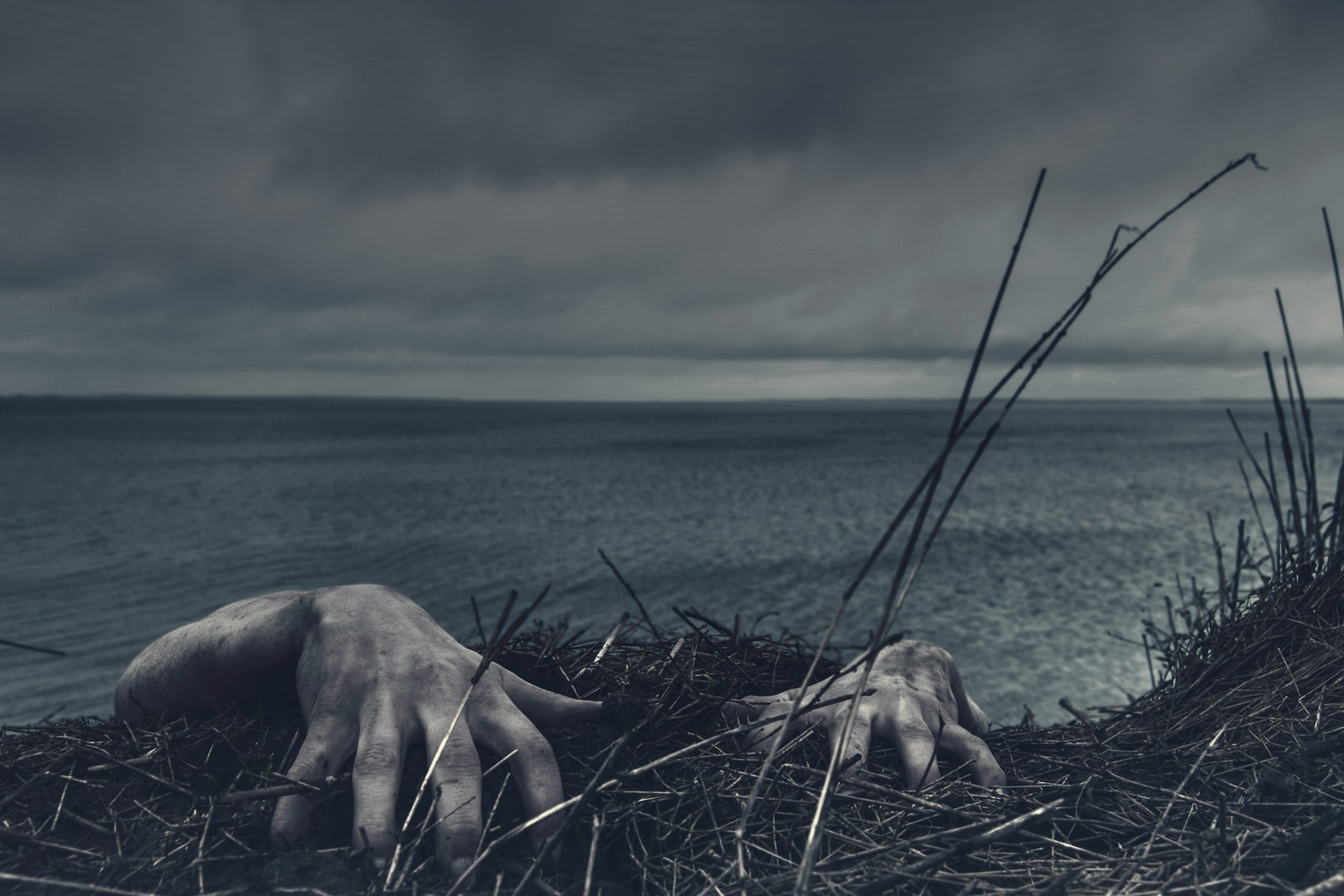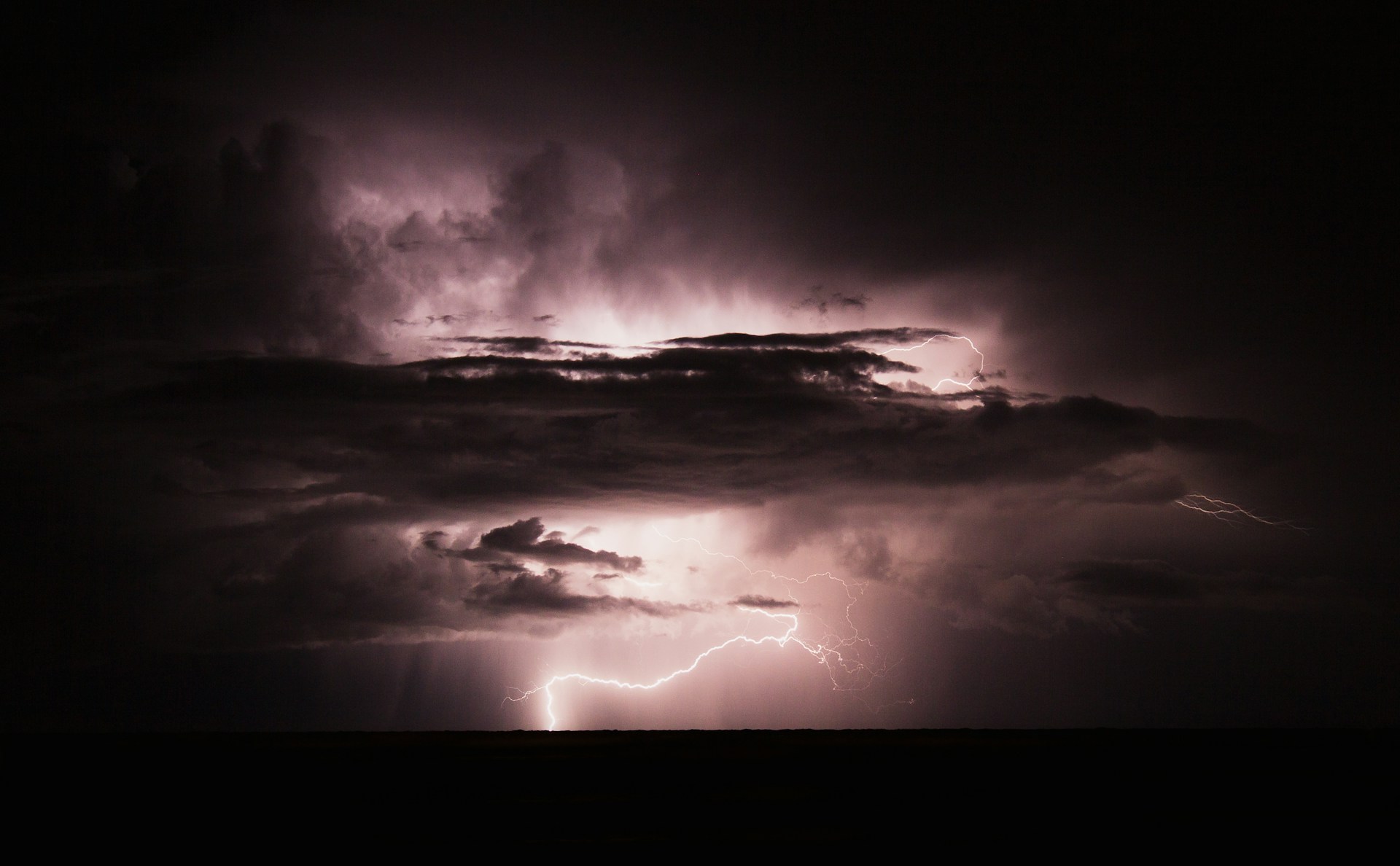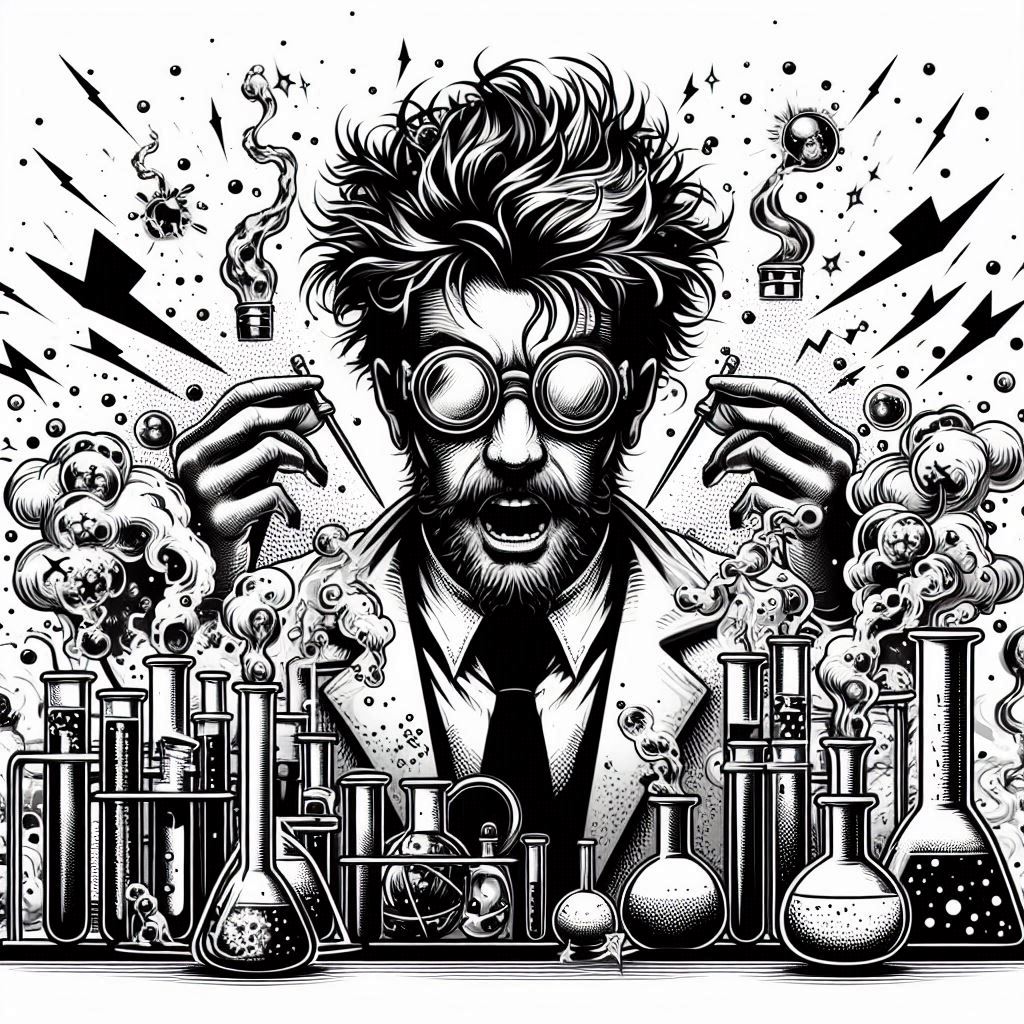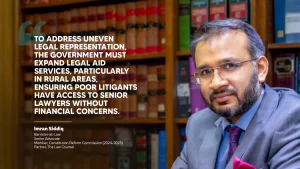– Ava Mir
A flash of lightning illuminated the darkened room, making the walls tremble under the roar of thunder. Inside, a group of young writers huddled around a flickering fire, each trying to produce the most terrifying tale. Among them, a young woman would forge a monster that would forever change the landscape of horror fiction.
On that stormy night in 1816 at Villa Diodati, Mary Shelley, only 18 years old, envisioned a tale of revival and terror that would transcend its time and genre, setting the stage for the birth of modern horror. “Frankenstein, or The Modern Prometheus”, was not just a novel; it was a harbinger of a new kind of fear that blended the supernatural with the scientific, laying the foundation for what would become a cornerstone of horror fiction.

The Dawn of a New Genre


Before Shelley’s monster shambled to life, horror fiction was a genre defined by the gothic novel. Stories like Horace Walpole’s The Castle of Otranto (1764) and Ann Radcliffe’s The Mysteries of Udolpho (1794) cast shadows over gloomy castles, with ethereal ghosts and doomed heroines populating the pages.
These works were atmospheric, filled with dark romance and the fear of the unknown. But none dared to blend the horror of the supernatural with the emerging realities of science until Mary Shelley crafted her tale of Victor Frankenstein’s ill-fated experiment.
What Shelley did was revolutionary. By integrating scientific ideas, particularly the controversial notion of galvanism, into a narrative traditionally reserved for the gothic, she effectively pioneered the science fiction horror genre.
Shelley’s Frankenstein wasn’t just a ghost story; it was a cautionary tale about the dangers of unbridled ambition and the pursuit of knowledge at the cost of humanity.
Here, horror wasn’t just about the dark, the mysterious, or the supernatural; it was about man’s hubris, about what happens when we dare to play God. Frankenstein was a new kind of horror—one rooted not just in fear of the unknown but in the terrifying possibilities of human endeavour.

The Monster as Metaphor
At the heart of Frankenstein lies a profound exploration of humanity and hubris. Victor Frankenstein’s creation was not merely a monster but rather a mirror held up to society, reflecting its flaws, fears, and moral dilemmas.
Shelley’s tale delved deep into the consequences of man’s uncontrolled ambition, challenging the belief that logic and progress alone could solve all problems, highlighting the perils of unchecked ambition and the subsequent consequences of playing with forces beyond human control.
Victor, blinded by his desire to conquer death, symbolises the dangers inherent in humanity’s pursuit of power and knowledge. His monster, however, introduces something new to horror fiction: a villain who is also a victim. Shelley’s sympathetic portrayal of the creature—abandoned, misunderstood, and desperate for companionship—added an emotional depth that horror stories had rarely explored before.
The monster’s tragic arc forces readers to confront uncomfortable questions: Who is the real monster—Frankenstein or his creation? What does it mean to be human? By humanising the creature, Shelley infused her horror with a sense of tragedy that resonated far beyond the confines of her novel, influencing countless stories in which the lines between hero and villain, creator and creation, are blurred.

Electrifying Horror with Science


Shelley’s tale would not have been as electrifying—literally and figuratively—without the influence of contemporary science. At the time, Europe was abuzz with talk of galvanism, the study of how electricity could animate muscle tissue. Scientists like Luigi Galvani and Alessandro Volta were experimenting with the regeneration of dead organisms, raising questions about the very nature of life and death.
Shelley, keenly aware of these debates, wove them into her narrative, turning Frankenstein into a story that was as much about the fears of modern science as it was about the horrors of the supernatural. The novel’s fusion of science with horror laid the groundwork for a new kind of speculative fiction—one that would explore the terrifying consequences of scientific advancement.
From H.G. Wells’s The Island of Doctor Moreau to contemporary films like Jurassic Park and Ex Machina, the legacy of Frankenstein can be seen in countless works that grapple with the ethical and moral dilemmas posed by science.
Shelley’s influence extends even to the subgenre of body horror, where the corruption and transformation of the human form—often through scientific means—becomes the source of terror. In this way, Frankenstein did more than just inspire; it electrified the genre, injecting it with a current of fear that continues to surge through horror fiction to this day.

A Legacy of Terror: Frankenstein’s Progeny


The ripples of Shelley’s creation have spread far and wide, influencing not just horror, but the broader spectrum of literature, film, and popular culture. Frankenstein is often considered the progenitor of a lineage that includes Robert Louis Stevenson’s Dr. Jekyll and Mr. Hyde and Bram Stoker’s Dracula, both of which explore themes of duality and monstrosity introduced by Shelley.
The idea of the ‘mad scientist,’ now a horror staple, can be traced directly back to Victor Frankenstein’s laboratory. The ethical dilemmas of unrestrained science, as showcased in works like The Strange Case of Dr. Jekyll and Mr. Hyde and H.G. Wells’s The Invisible Man owes a debt to Shelley’s exploration of the consequences of disregarding natural boundaries.
In popular culture, Frankenstein’s monster has transcended its literary origins to become an icon. The lumbering, square-headed creature popularised by Boris Karloff in the 1931 film adaptation has become one of horror’s most enduring symbols, often parodied and referenced across media. From Halloween costumes to cartoons, the monster has become shorthand for the dangers of scientific hubris.
But it’s not just the monster that endures; the themes of Frankenstein —ambition, creation, and the consequences of defying nature—continue to resonate in contemporary narratives. From Blade Runner to Westworld, the moral and ethical questions first raised by Shelley’s novel remain at the forefront of our cultural consciousness.

Reanimating Frankenstein in the Modern Age
As we step into the 21st century, Frankenstein has not only persisted but evolved. Modern reinterpretations of the novel continue to reanimate its core themes, exploring them through the lens of current societal concerns. The rise of artificial intelligence, genetic engineering, and climate change has given new relevance to Shelley’s cautionary tale.
Films like Ex Machina and I, Robot echo Frankenstein’s exploration of creation and the fear of what happens when our creations surpass us. Authors revisited Shelley’s world with new perspectives in literature and reinterpreted the story through feminist and post-colonial lenses, highlighting the novel’s enduring relevance. The feminist critiques of Frankenstein, for instance, have gained traction in recent years.
Scholars have examined the novel through the lens of gender, exploring how the creation of life without a woman reflects fears about female power and the male desire to control procreation. Meanwhile, post-colonial interpretations have focused on the creature as a metaphor for marginalised individuals, who are excluded and oppressed by society. These modern readings ensure that Frankenstein remains a living text, constantly reinterpreted and reimagined to address the fears and concerns of each new generation.

The Monster Lives On
Two centuries after its publication, Frankenstein’s shadow still looms large, its chilling tale as potent and terrifying as ever. Its themes of ambition, creation, and the consequences of playing God are as resonant today as they were in 1818.
The novel’s influence on horror fiction is immeasurable, from its creation of the science fiction horror genre to its humanisation of the monster, adding layers of depth and complexity to the genre. But more than that, Frankenstein lives on because it taps into something deeply primal about the human mind: our drive to push beyond our limits, to create, and the fear of what might happen when we do.
The enduring relevance of Frankenstein lies in its exploration of age-old questions. As long as these questions continue to haunt us, so will the story. Like the monster it brought to life, it is a story that refuses to die, forever lingering in our collective imagination and reminding us of the darkness that lurks within our endeavours.

In the flicker of lightning, beneath the thunderous roar, the monster lives on, a testament to the enduring power of horror to reflect our deepest fears and darkest desires.






